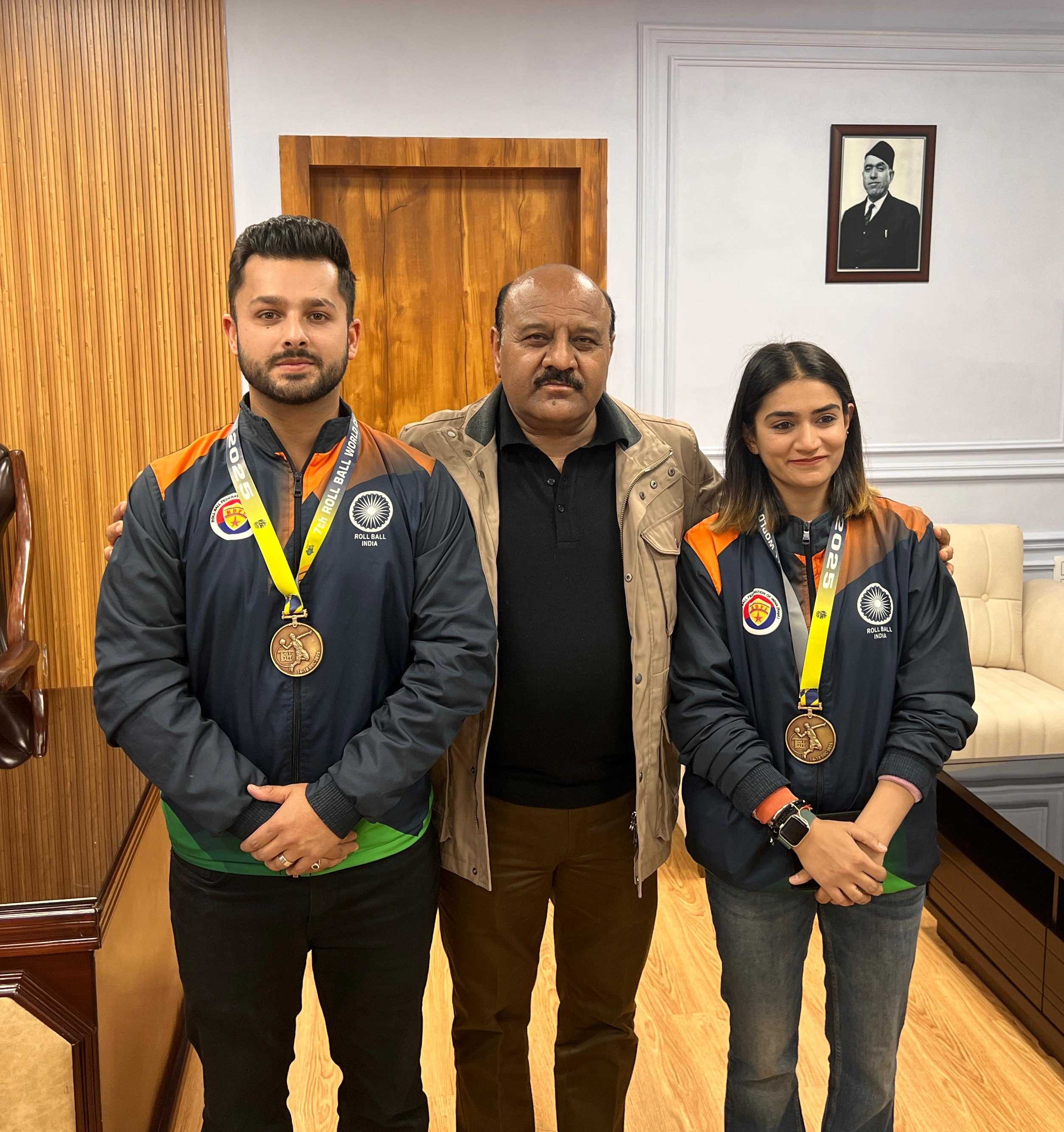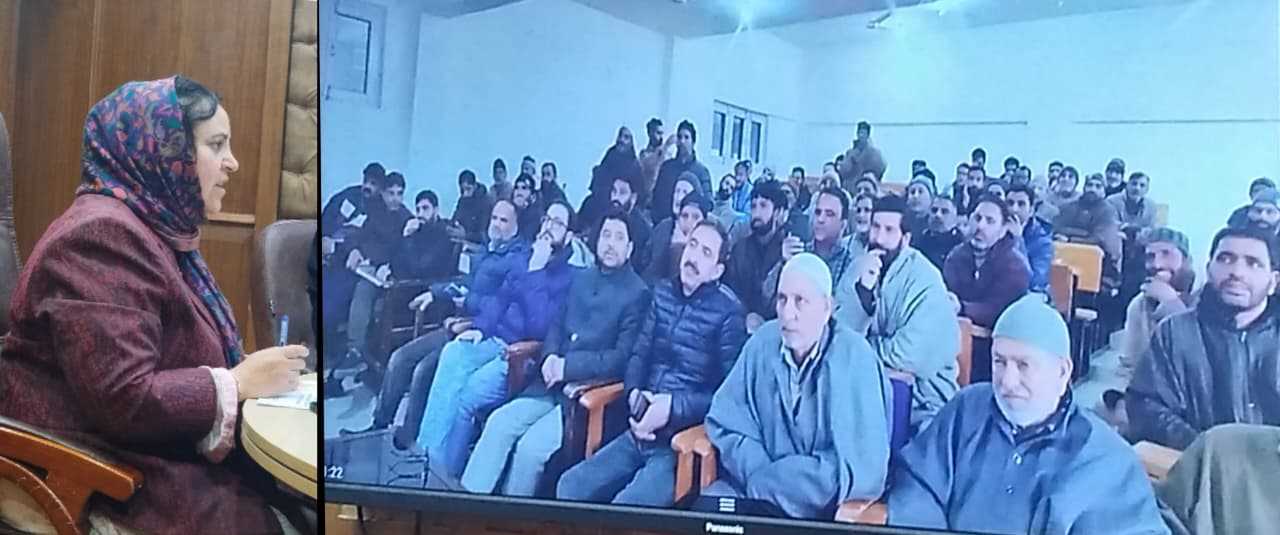October in Kashmir brings the golden rustle of Chinars, saffron blossoms, and walnut harvests-a soft golden light settling across the Valley. But it’s also the month when the world turns pink- from ribbons on coats to banners across hospitals —all for one purpose: Breast Cancer Awareness.
Globally, breast cancer remains the most commonly diagnosed cancer among women. In India, it accounts for nearly one in seven cancer cases, according to the Indian Council of Medical Research (ICMR, 2024). While such numbers can sound daunting, the good news is that early detection dramatically improves survival, and awareness campaigns — like those observed every October — are helping more women come forward for timely screening. While urban areas see higher incidence, rural and hilly regions, including Jammu and Kashmir, are also witnessing rising numbers — partly because more women are getting screened. Oncologists have reported encouraging trends of early detection, showing that awareness efforts are indeed making an impact.
Understanding the Disease
Breast cancer develops when abnormal breast cells multiply uncontrollably, forming a tumor. It usually arises in milk ducts (ductal carcinoma) or milk producing glands (lobular carcinoma). The disease can be confined (in situ) or invasive, spreading to nearby tissues or lymph nodes. Less common variants include triple negative breast cancer, sometimes observed in younger women, and inflammatory breast cancer, a rare but aggressive form. The silver lining? When diagnosed early, survival rates can exceed 90%. Advances in treatment — from precision surgery and radiation therapy to targeted drugs and immunotherapy — have transformed outcomes for countless women.
Many women say doing a self-exam feels like becoming their own health detective — quietly searching for clues no one else can find. It’s a gentle reminder that awareness need not be fearful; it’s simply about knowing your body well enough to catch any sign early, when it’s easiest to treat.
Key Risk Factors
Genetic Predisposition (BRCA1/BRCA2 mutations): Around 5–10% of breast cancer cases are hereditary. Carriers of BRCA mutations may face lifetime risks significantly higher than average.
Family History: Having a mother, sister, or daughter diagnosed with breast or ovarian cancer increases one’s risk two- to threefold.
Hormonal and Reproductive Factors: Late menopause, first pregnancy after age 30, and long-term hormone replacement therapy modestly raise risk by increasing estrogen exposure time.
Lifestyle and Obesity: Postmenopausal obesity and physical inactivity are well established risk factors, especially in urban and sedentary populations.
Dense Breast Tissue: Makes mammography interpretation more challenging and slightly elevates risk.
A friendly reminder — if your morning routine involves only scrolling and sipping tea, it might be time to add a brisk walk into the schedule. Regular physical activity helps regulate hormones, control body weight, and lower breast cancer risk — one of the simplest prescriptions without a price tag.
Screening and Diagnosis
Early and accurate diagnosis significantly improves survival rates. Major medical institutions in J&K provide diagnostic facilities for Prevention and Control of Cancer. Modern diagnostics have made early detection more accessible than ever:
Mammography remains the gold standard, detecting tumors long before they can be felt.
Ultrasound complements mammography, especially in younger women with dense tissue.
MRI provides detailed imaging in complex or high-risk cases.
Biopsy and FNAC (Fine Needle Aspiration Cytology) confirm diagnosis and guide treatment.
Simple Self Examination: Your First Line of Defence
Monthly Breast Self Examination (BSE) remains a cornerstone of early detection. It takes only a few minutes, ideally done five to seven days after menstruation ends.
Steps for effective self check
Observe changes in size, shape, or skin texture while standing before a mirror.
Raise both arms and look for symmetry or dimpling.
Use the pads of fingers to feel each breast in circular motions from outer edge toward nipple.
Check for lumps, thickened areas, or nipple discharge.
Examine the armpit region for swelling or tenderness.
If you discover something unusual, don’t panic. Most lumps are benign, but professional evaluation ensures peace of mind. If any lump or unusual change persists beyond two weeks, medical evaluation is essential. It’s safe to remember that most lumps are benign — yet distinguishing them early is what saves lives. To summarise it humorously but memorably: “Know your normal, check your change.” Self exams are an empowering habit, not a fearful one.
Prevention: What You Can Do Today
While no one can completely eliminate the risk, a few consistent lifestyle habits can significantly reduce it:
Eat fresh and balanced. Traditional Kashmiri foods rich in walnuts, leafy greens, lentils, and saffron offer valuable antioxidants.
Stay active. A daily walk in your garden or along the Jhelum embankment is better than any tonic.
Avoid smoking and limit alcohol. Both increase hormonal imbalance and cellular stress.
Maintain a healthy weight. Even modest weight control after menopause can lower estrogen levels.
Breastfeed if possible. Each year of breastfeeding reduces breast cancer risk modestly.
Avoid unnecessary hormone therapy unless medically indicated.
Seek genetic counselling if multiple close relatives have breast or ovarian cancer.
Advances in Treatment and Research
Medical research continues to rewrite what was once considered inevitable. Newer therapies — such as hormone receptor blockers (like tamoxifen and aromatase inhibitors), HER2-targeted agents, and immune checkpoint inhibitors — have turned even advanced cases into manageable conditions.
Moreover, personalized medicine now tailors treatment to each tumor’s molecular profile, improving outcomes and reducing unnecessary side effects. Globally, researchers are exploring how diet, genetics, and the gut microbiome influence cancer risk — fields where Indian scientists are making growing contributions.
The Takeaway
Breast cancer is not just a medical condition; it’s a human story of resilience, courage, and care. The earlier it’s detected, the easier it is to conquer. Let the message travel gently — through thoughtful conversations at home, subtle reminders at work, or over a calm cup of tea. Encourage your friends, sisters, and mothers to get screened — not out of fear, but love. Because sometimes, the smallest habit — a quick monthly check — can make the biggest difference. Early detection is not just a medical act; it’s an act of self-respect and hope!
Email:------------------umerkhwaja.zoo@gmail.com







